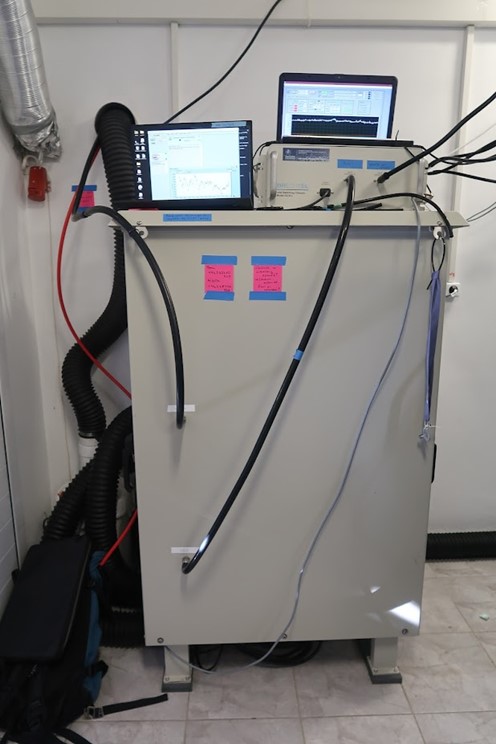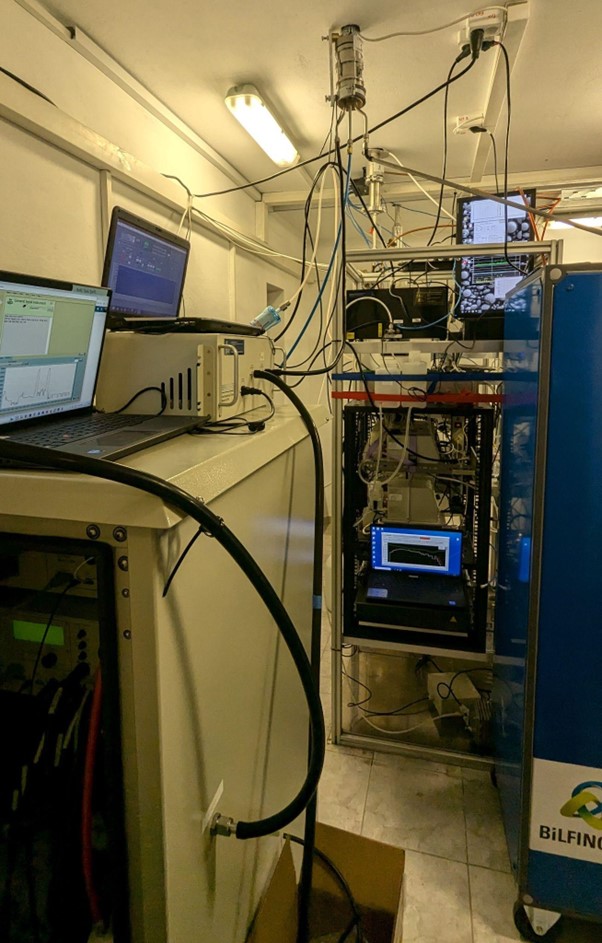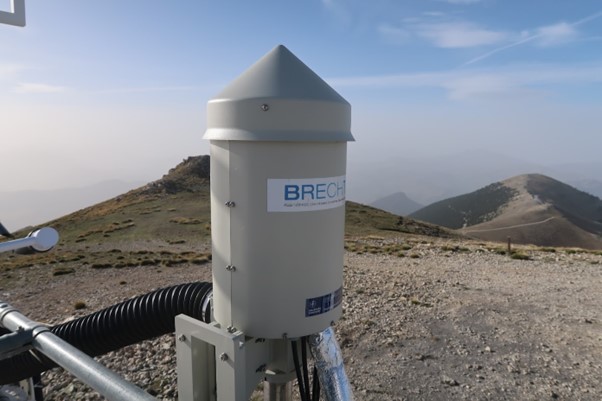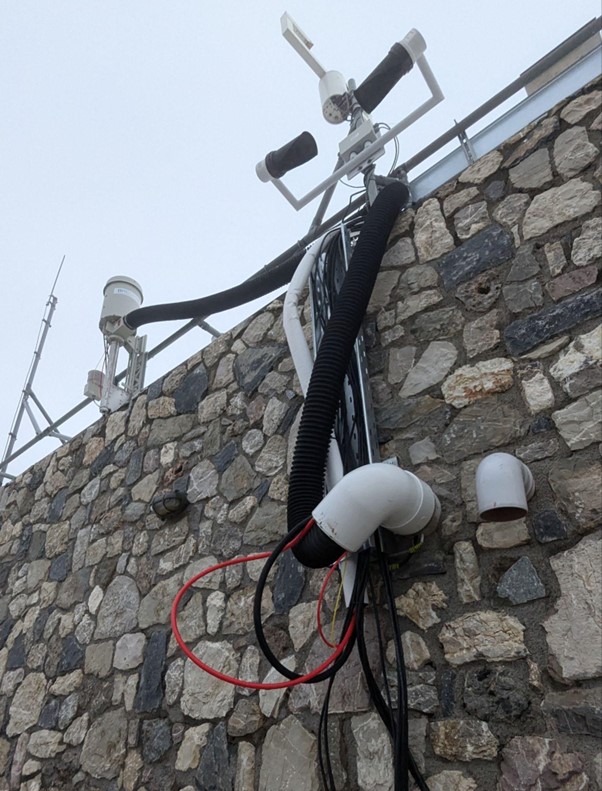
Partner: Stockholm University
PI: Assoc. Prof. Paul Zieger ([email protected])
Operator: Dr. Aiden Jönsson ([email protected])
This inlet system is used to sample cloud particles by sending the sample air into a nozzle with a counterflow of pressurized air; only particles with enough inertia, related to their size and mass, are able to penetrate the counterflow and enter the sample flow. This allows us to sample only particles larger than a certain diameter, giving us the ability to sample only cloud water when clouds are present. The dried cloud droplets and ice crystals are put through a number of instruments, such as our bioaerosol sensor (MBS), aerosol size distribution counters (in the SEMS system), and microscopy (TEM) sampler, in order to see what’s inside the cloud water. In addition, PINE chamber (EPFL) is sampling behind the GCVI to investigate the presence of ice nucleating particles. This gives us important information about what particles have nucleated and affected the cloud and its properties.
References:
Karlsson, L., Krejci, R., Koike, M., Ebell, K., & Zieger, P. (2021). A long-term study of cloud residuals from low-level Arctic clouds. Atmospheric Chemistry and Physics, 21(11), 8933-8959. https://acp.copernicus.org/articles/21/8933/2021/
Pereira Freitas, G., Kopec, B., Adachi, K., Krejci, R., Heslin-Rees, D., Yttri, K. E., … & Zieger, P. (2024). Contribution of fluorescent primary biological aerosol particles to low-level Arctic cloud residuals. Atmospheric Chemistry and Physics, 24(9), 5479-5494.
https://acp.copernicus.org/articles/24/5479/2024/


